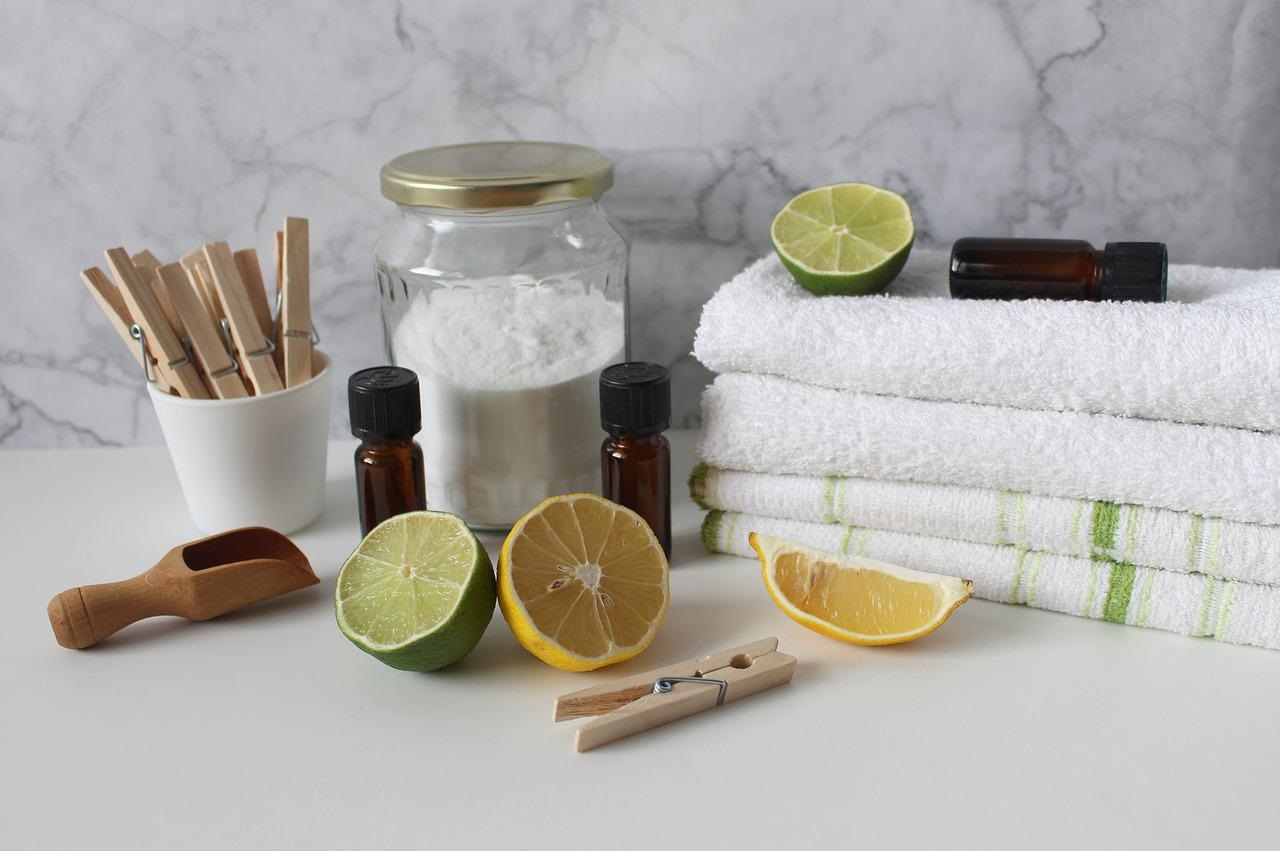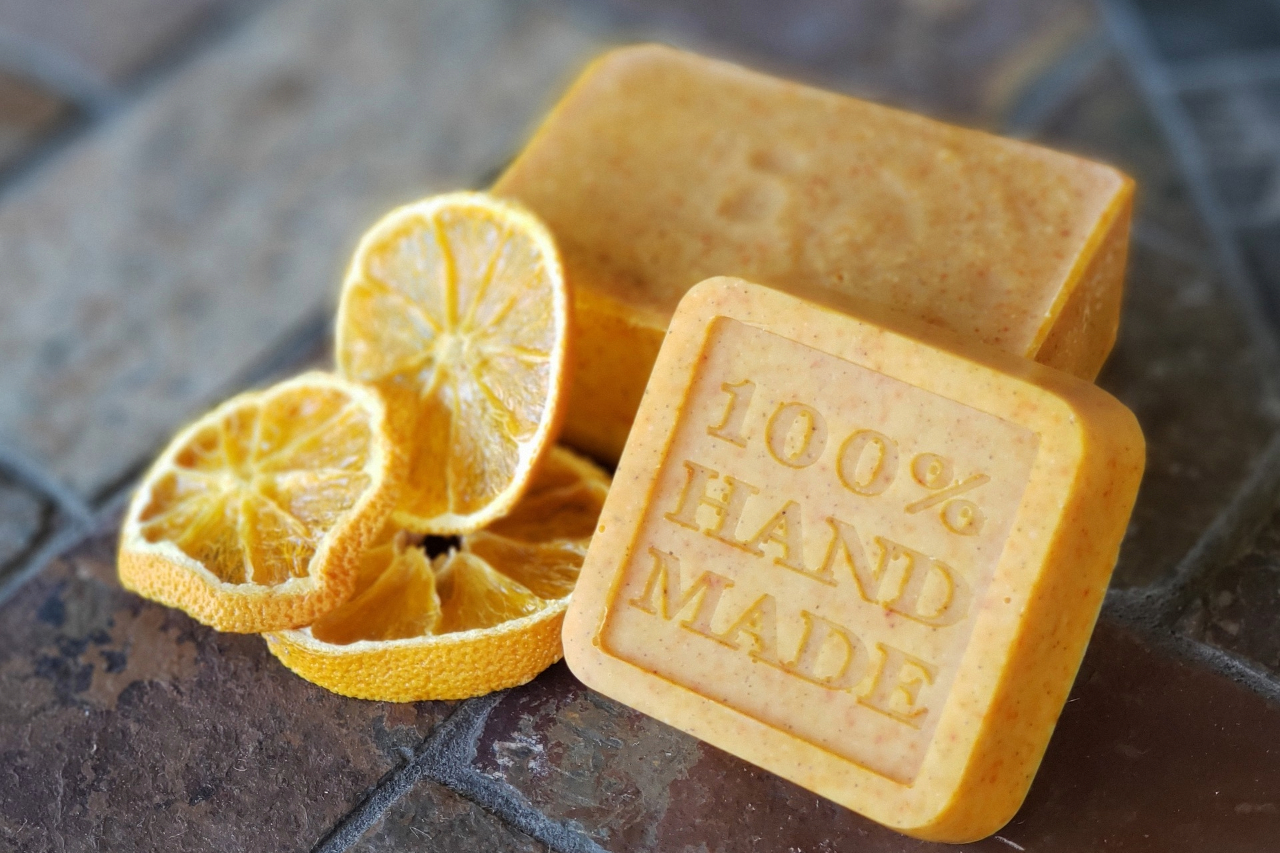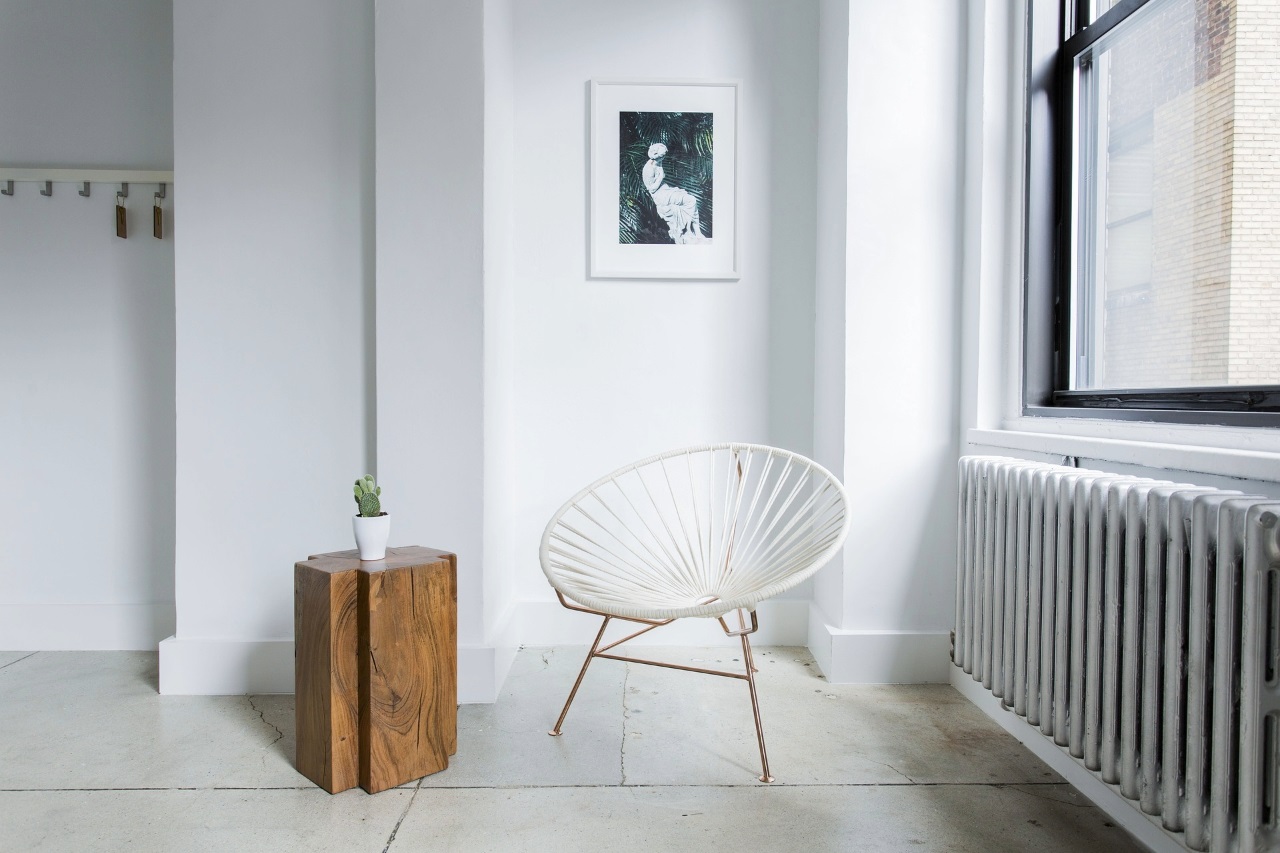Luxury hotels make tremendous investments in bedding and towels that is apparent by the way they look and feel. “Hotel quality” is often synonymous with thick, absorbent cotton fabrics. Sheets are measured by the hundreds or even thousands of threads-per-inch that make them softer and more comfortable. To ensure the longevity of their linens, hotels use a careful but thorough process for laundering.
Much of the joy we receive from luxurious bedding is from the subtle colours that make a piece unique. Colour is often an intrinsic part of the design and, if possible, it should be maintained for as long as possible. This is why dry cleaning is often recommended on the label of expensive garments.
For most fabrics, though, laundering at home is just fine. You can maintain that new look and feel longer by following some basic rules for washing fabrics. The three main factors are vigour in agitation, water temperature, and laundry soaps and rinses. The best results come from the right combination for the material.
Hand washing is generally reserved for the most delicate fabrics such as silk, cashmere, and yak down. These require extra care and very little agitation, if any, to loosen dirt. A hand wash is the best way to freshen pillowcases and throws. If they need a deep clean to remove stains and odours then dry cleaning is best. A teaspoon of laundry detergent in a sink basin of lukewarm water is sufficient. Gently stir the fabrics then allow them to soak for 10 minutes before giving them another stir. Rinse well in cool water. Remove excess water by rolling them up gently in a thick towel. Hang to dry or use a sweater screen to dry flat.
If colour fastness is a problem, use a cold water setting on your washing machine. New bedding is much more likely to bleed due to the excess colour that was not adequately rinsed after dying. To mitigate dye loss, wash new bedding by itself a couple of times. Add a quarter cup of table salt to the water to help set the dye further. Solid, block colour comforter covers and similar articles can be washed inside out so that dye is reabsorbed.
Warm water is the all-purpose temperature for most fabrics. It’s warm enough to release oils and grime without risking shrinkage or premature wear that comes from using hot water. It is also economical to use for everyday laundry. When used with a quality detergent and boosters, it is the default setting.
You can check the temperature of your warm water setting by using a medical thermometer. It should be around 38°C or 100°F. If both of the inlet taps on your machine are set to wide open, it’s likely that the water is too cool to be considered true warm water. Adjust the taps until the temperature is correct for best results.
For sheer cleaning power, nothing beats very hot water. The high temperature expands fibres so they release stains and dirt faster and more thoroughly. A quality detergent will keep dirt from resettling on the material. Reserve hot water for colourfast whites and sturdy articles such as towels and bathmats.
Hot water is also useful when mixed with chlorine bleach to sanitise bedding and towels when an article has been exposed to contamination. This combination is very strong but can also damage fabrics when used too often. If bedding cannot be washed with chlorine bleach, consider using a non-bleach alternative such as Oxy-Clean. It uses a base of hydrogen peroxide to oxidise contaminants without the damaging effects of chlorine.
Professional maids and luxury hotels rely on a secret household ingredient that is inexpensive and does a wonderful job of improving laundry success: white vinegar. Some people worry about the odour but it actually dissipates as the garment dries. It may be helpful to know that modern laundry detergents use an enzymatic approach, and work at a specific pH, so adding vinegar to the wash cycle can actually be counter productive. However, it works very well in the rinse cycle to remove soap residue and restore softness of fabrics.
Did you know that almost all new homes and condos include a high-quality washer and dryer? Contact us today to visit some homes in your area.
![]()





